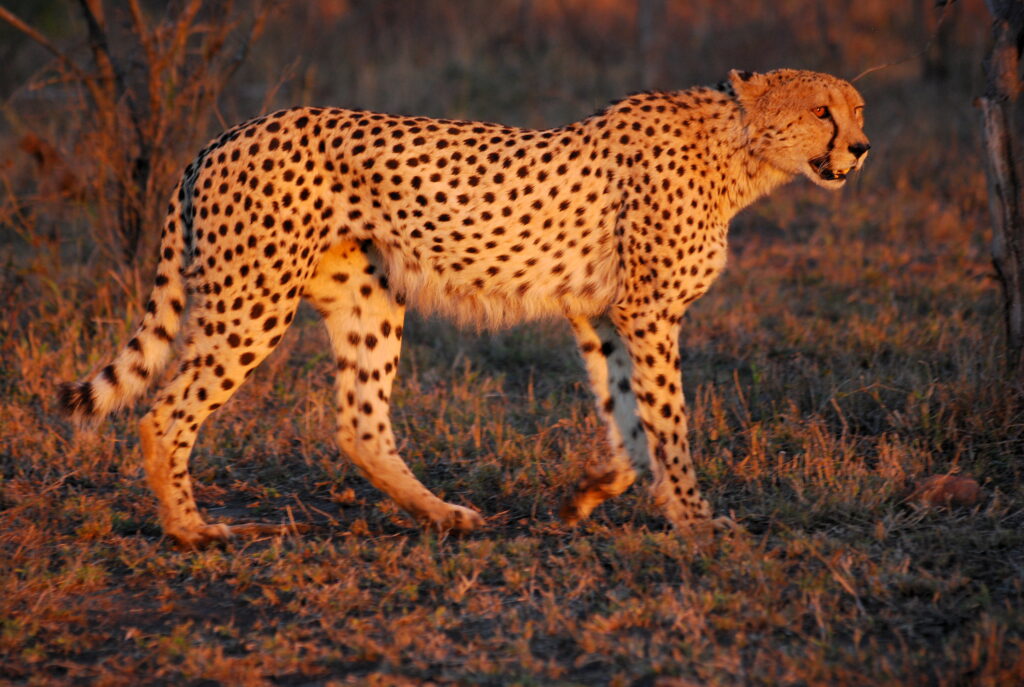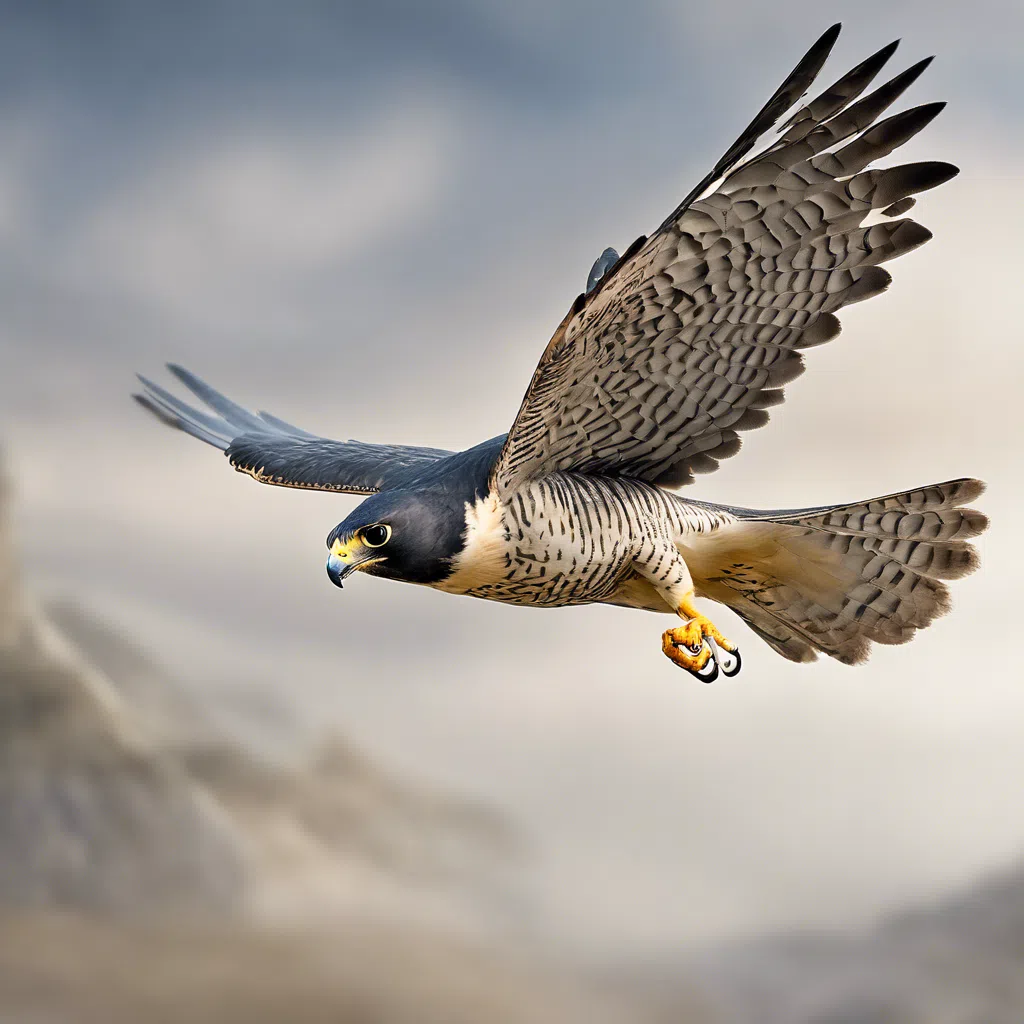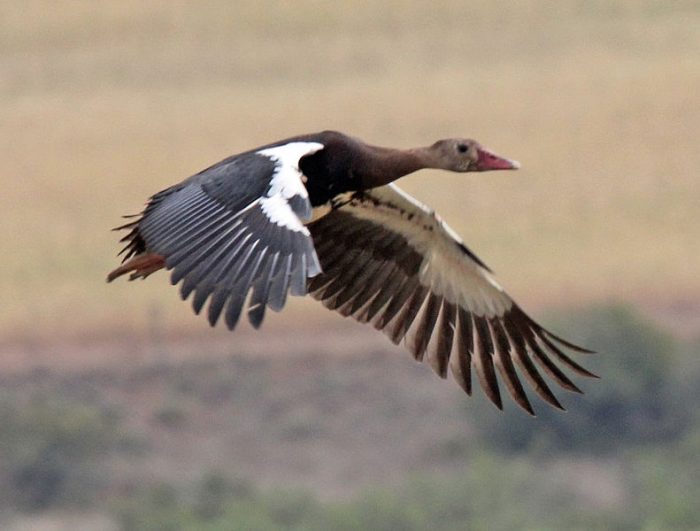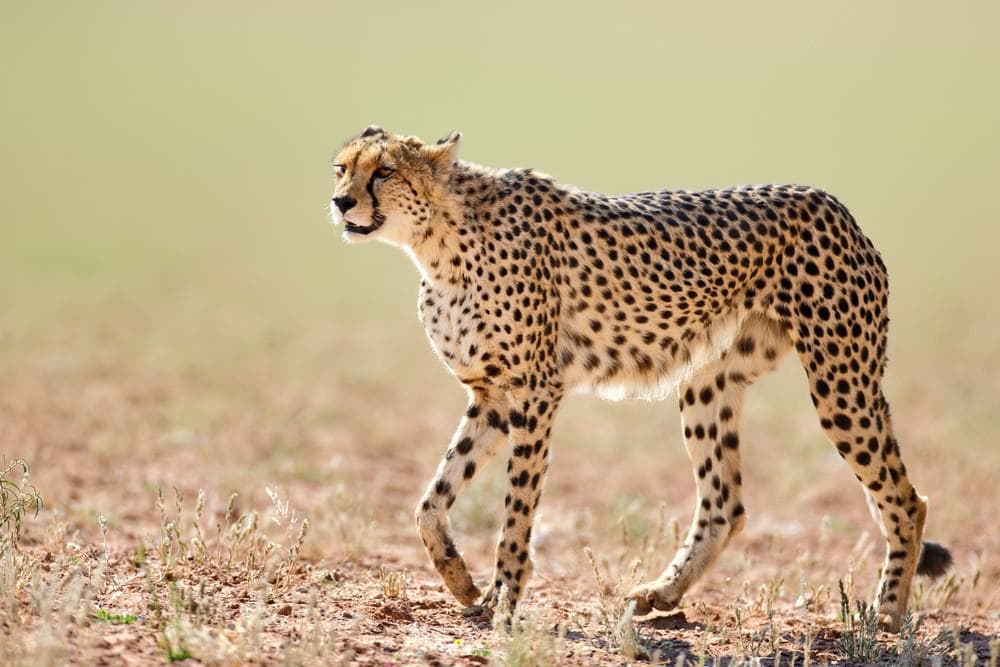Speed is one of nature’s most fascinating adaptations. From land to air and sea, wild animals rely on extraordinary velocity to survive and thrive in their environments. Whether it’s outrunning predators, chasing prey, or migrating across long distances, speed plays a critical role in their daily lives.
Curious about how the fastest creatures on Earth stack up? Here’s a deep-dive into the top 5 fastest wild animals, their unique adaptations, and why speed is essential for their survival.
Cheetah The Land Speed King

The Unchallenged Sprinting Champion
When it comes to land speed, the cheetah reigns supreme. Capable of reaching speeds up to 70 mph (112 km/h) in short bursts, the cheetah is a marvel of evolution. It holds the crown not just for its top speed but also for how quickly it accelerates. From 0 to 60 mph (97 km/h) in just 3 seconds, this feline leaves even a sports car in the dust.
Physical Adaptations
- Flexible Spine: Acts like a spring to maximize stride length.
- Long Legs: Designed to cover more distance in fewer steps.
- Semi-Retractable Claws: Provide traction similar to running spikes.
These physical traits, combined with oversized nasal passages for better oxygen intake, make the cheetah a master of speed.
Hunting on Overdrive
Cheetahs rely on their speed to swiftly ambush prey like antelopes or hares. After a high-speed chase, they use their momentum to topple their target, ensuring a successful hunt.
Conservation Status
Sadly, cheetah populations are dwindling. Faced with habitat loss and poaching, fewer than 7,000 cheetahs remain in the wild. Conservation organizations are working tirelessly to protect this iconic speedster and its environment.
Peregrine Falcon The Aerial Powerhouse

Nature’s Fastest Animal
The Peregrine Falcon isn’t just fast; it’s the fastest creature on Earth. When in a hunting stoop (dive), it can achieve speeds of over 240 mph (386 km/h). This breakneck pace makes the falcon an unmatched predator in the skies.
Built for Speed
- Aerodynamic Body: Streamlined to cut through the air with minimal resistance.
- Specialized Nostrils: Prevent air pressure damage during high-speed dives.
- Rigid Feathers: Reduce drag while maintaining stability.
Hunting Acrobatics
Using its speed, the falcon primarily hunts birds mid-flight. It soars high before plummeting in a precise stoop to strike prey with incredible force.
Habitat and Reach
Peregrine Falcons are found on every continent except Antarctica. From urban skyscrapers to remote cliffs, their adaptability is remarkable.
Sailfish The Ocean Speed Demon

The Flash of the Seas
With a top speed of 68 mph (110 km/h), the Sailfish is the fastest swimmer in the ocean. Its velocity allows it to ambush and outmaneuver even the most agile prey in the water.
Unique Adaptations
- Streamlined Body: Reduces drag in the water.
- Large Dorsal Fin (the “Sail”): Assists in sudden direction changes.
- Powerful Tail: Propels the Sailfish through water with bursts of speed.
These adaptations make it one of the ocean’s most formidable predators.
Hunting Tactics
Sailfish are known to hunt in groups, corralling schools of smaller fish before striking. Their speed and agility ensure that escape is nearly impossible for their prey.
Habitat
These marine speedsters are found in warm ocean waters, including the Atlantic and Indo-Pacific.
Pronghorn The Endurance Racer

Speed and Stamina Combined
Pronghorns may not match the cheetah for quick sprints, but they excel in endurance, reaching top speeds of 55 mph (88 km/h) and sustaining them longer than any other land animal.
Specialized Anatomy
- Enlarged Heart and Lungs: Enable sustained oxygen delivery for extended sprints.
- Lightweight Build: Reduces energy expenditure during running.
- Complex Hooves: Provide stability over rough terrains.
Evolutionary Edge
Pronghorns evolved their speed to evade predators like now-extinct North American cheetahs. Their ability to maintain high speeds over long distances still protects them from modern predators.
Habitat and Diet
Pronghorns are native to North American grasslands and primarily graze on shrubs and grasses.
Spur-Winged Goose The Low-Flying Bullet

The Fastest Goose on Earth
The Spur-Winged Goose may surprise many by reaching flight speeds of up to 88 mph (142 km/h). This agile bird holds its own among nature’s swiftest.
Key Adaptations
- Streamlined Wings: Designed for aerodynamics and speed.
- Lightweight Body: Enhances flight capabilities.
Unique Defense Mechanism
Interestingly, the Spur-Winged Goose also has a defense strategy. It consumes toxic beetles, making its flesh poisonous to predators.
Habitat and Diet
These geese can be found across sub-Saharan Africa, thriving in wetlands and grasslands.
People Also Ask Section
What is the fastest land animal?
The cheetah holds this title with a record speed of 70 mph.
Which bird has the fastest dive speed?
The Peregrine Falcon achieves speeds over 240 mph during its hunting stoop.
How fast can a Sailfish swim?
A Sailfish can reach speeds of up to 68 mph, making it the fastest swimmer in the ocean.
What makes the Pronghorn so fast?
Its large heart, lungs, and lightweight build enable both speed and stamina.
Are there other surprisingly fast animals?
Yes, animals like greyhounds and hares are also impressively fast in their categories.
Lessons from Nature’s Speedsters
Speed in the wild isn’t just about having an edge. It’s about survival, strategy, and adaptability. From the Cheetah’s short-distance sprints to the Peregrine Falcon’s deadly stoops, nature continues to amaze us with creatures built for extraordinary velocities.
Protecting these remarkable animals and their habitats is vital. Every species contributes uniquely to our ecosystems.
Want to learn more about wildlife and how you can support conservation efforts? Stay tuned for our next blog, packed with exciting wildlife stories and actionable tips.


